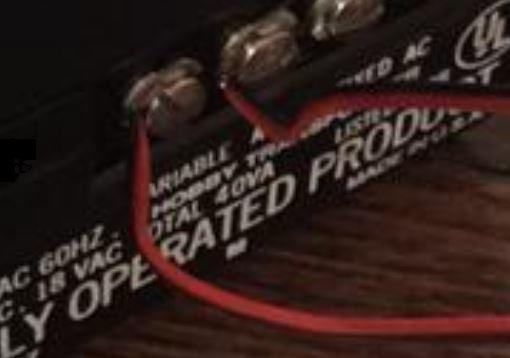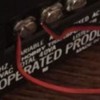Label 40va /label 18v = 2.1 amps. Problem is, this Pullmor motor requires about 2.5 amps to run at max effort (sliding wheels on track), maybe a tad more. Then the E-unit needs a bit more, plus two headlights. Then its voltage range is 12 to 14 volts, plus say 2 volts for various resistances in the circuit to and from the motor. So 16v, which is the top voltage on a 1033. At the output of 16v, the output watts would be about 40w then, for the motor.
I did run a 2-motor1950 Alco on a 1033-90w, The loop was a hand-made (from 0-27 rail) 0-72 loop with 8-foot straights. I was able to pull 31 cars with no problem. (The second motor was a wired addition, so 1 E-unit.) These motors have a different pivot but are otherwise quite similar in performance.
Your E-unit sounds a little balky. The best care is to operate it a bit. Getting oil into it is bad in the long run--follow CW Burfle's advice on the WD40--I don't think getting that on an E-unit is a good idea because it is so hard to get it off. Avoid tweaking the E-unit with pliers.
There are 2 two sets of ball bearings above and below a longish sleeve bearing above the worm. Sometimes there is an oil hole on the side of the shaft bearing but probably not on yours. Instead, try to work oil into this area from its lower end using the slight endplay in the shaft. Avoid taking the clips, washers and bearings off because it is easy to loose, break or mis-assemble them. Avoid too much oil to keep it off the windings above and out of the greased worm area below.
With a little care, these motors generally work forever. --Frank




















